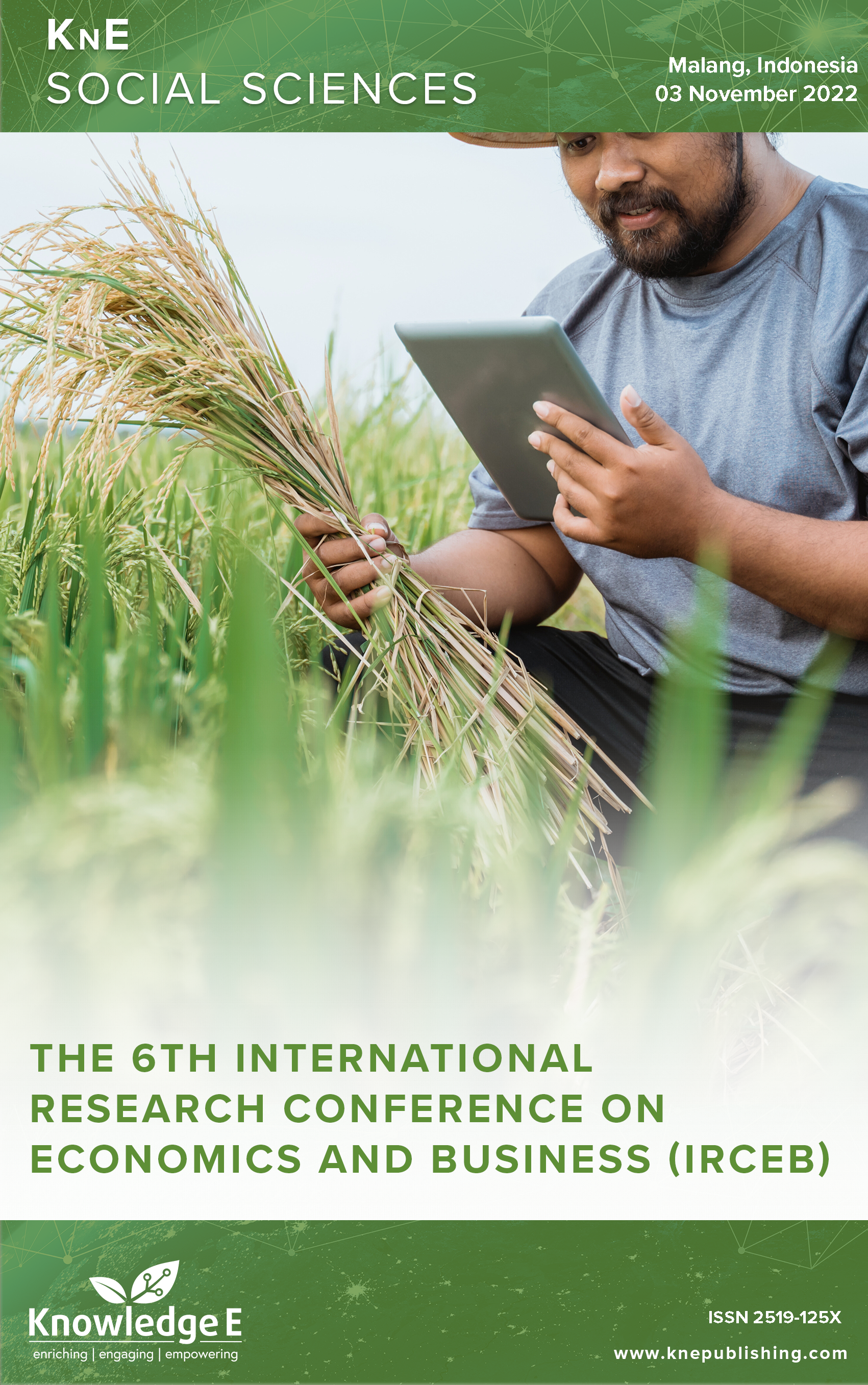Designing CRM-CAR (Customer Relationship Management -- Computer Aided Recognition) Based on Facial Recognition Technology to Increase Business Competitiveness by Utilizing Artificial Intelligence
DOI:
https://doi.org/10.18502/kss.v9i4.15062Abstract
The development of SMEs is the flagship of the Indonesian state. 90% of the total businesses in Indonesia are SMEs. In addition, SMEs support 60.34% of the entire GDP of the Indonesian state. Starting from basic needs such as food, beverages, clothing, and others, to supporting needs such as technology and information. The product and service sectors were not spared from the development of SMEs. One way to help improve the quality of business services is to utilize a customer database. By utilizing digital applications, a business service can be adapted to historical customer data so that it will improve the quality of service received by customers. This study aims to design, build, and test a CRM application based on facial recognition that utilizes artificial intelligence to improve the quality of business services. In addition, through this research, it is hoped that the current condition of the use of artificial intelligence to improve services will be known. This study uses a research and development approach. The research stage begins with a preliminary study and user needs, followed by the initial preparation of the application. When the application has been compiled, a validation test will be carried out by an expert who will validate whether the compiled application is feasible. It is hoped that the CRM application software based on facial recognition by utilizing artificial intelligence can be helpful and can be utilized by the business as a whole, or SMEs in particular to improve the quality of customer service, which will directly increase business competitiveness. In addition, through this research, it is hoped that the current condition of the use of artificial intelligence to improve services will be known.
Keywords: artificial intelligence, customer relationship management, facial recognition, marketing, SMEs, service quality
References
Dewi F, Er M. Business process maturity level of MSMEs in East Java, Indonesia. Procedia Comput Sci. 2019;161:1098–1105. DOI: https://doi.org/10.1016/j.procs.2019.11.221
Handayani SF, Er M. Antecedent and business process management non-technical capabilities in social media implementation for micro, small and medium enterprises: A conceptual model. Procedia Comput Sci. 2019;161:1114–1121. DOI: https://doi.org/10.1016/j.procs.2019.11.223
Gunawan H, Sinaga BL, Wp SP. Assessment of the readiness of micro, small and medium enterprises in using E-Money using the unified theory of acceptance and use of technology (UTAUT) method. Procedia Comput Sci. 2019;161:316–323. DOI: https://doi.org/10.1016/j.procs.2019.11.129
Kalia P, Paul J. E-service quality and e-retailers: Attribute-based multi-dimensional scaling. Comput Human Behav. 2021;115:106608. DOI: https://doi.org/10.1016/j.chb.2020.106608
Li F, Lu H, Hou M, Cui K, Darbandi M. Customer satisfaction with bank services: The role of cloud services, security, e-learning and service quality. Technol Soc. 2021;64:101487. DOI: https://doi.org/10.1016/j.techsoc.2020.101487
Jain NK, Gajjar H, Shah BJ. Electronic logistics service quality and repurchase intention in e-tailing: catalytic role of shopping satisfaction, payment options, gender and returning experience. J Retailing Consum Serv. 2021;59:102360. DOI: https://doi.org/10.1016/j.jretconser.2020.102360
Itani OS, Krush MT, Agnihotri R, Trainor KJ. Social media and customer relationship management technologies: Influencing buyer-seller information exchanges. Ind Mark Manage. 2020;90:264–275. DOI: https://doi.org/10.1016/j.indmarman.2020.07.015
Foltean FS, Trif SM, Tuleu DL. Customer relationship management capabilities and social media technology use: Consequences on firm performance. J Bus Res. 2019;104:563–575. DOI: https://doi.org/10.1016/j.jbusres.2018.10.047
Soltani Z, Zareie B, Milani FS, Navimipour NJ. The impact of the customer relationship management on the organization performance. J High Technol Manage Res. 2018;29(2):237–246. DOI: https://doi.org/10.1016/j.hitech.2018.10.001
Anshari M, Almunawar MN, Lim SA, Al-Mudimigh A. Customer relationship management and big data enabled: Personalization & customization of services. Applied Computing and Informatics. 2019;15(2):94–101. DOI: https://doi.org/10.1016/j.aci.2018.05.004
Gordalina G, Figueiredo J, Martinho R, Rijo R, Correia P, Assunção P, et al. Tracking human routines towards adaptive monitoring: the MOVIDA.domus platform. Procedia Comput Sci. 2018;138:41–48. DOI: https://doi.org/10.1016/j.procs.2018.10.007
Zhang K, Chen Y, Li C. Discovering the tourists’ behaviors and perceptions in a tourism destination by analyzing photos’ visual content with a computer deep learning model: the case of Beijing. Tour Manage. 2019;75:595–608. DOI: https://doi.org/10.1016/j.tourman.2019.07.002
Shah D, Murthi BP. Marketing in a data-driven digital world: implications for the role and scope of marketing. J Bus Res. 2020;S0148296320304355: https://doi.org/10.1016/j.jbusres.2020.06.062. DOI: https://doi.org/10.1016/j.jbusres.2020.06.062
Yang T, Zhao X, Wang X, Lv H. Evaluating facial recognition web services with adversarial and synthetic samples. Neurocomputing. 2020;406:378–385. DOI: https://doi.org/10.1016/j.neucom.2019.11.117
Zhong Y, Oh S, Moon HC. Service transformation under industry 4.0: investigating acceptance of facial recognition payment through an extended technology acceptance model. Technol Soc. 2021;64:101515. DOI: https://doi.org/10.1016/j.techsoc.2020.101515

